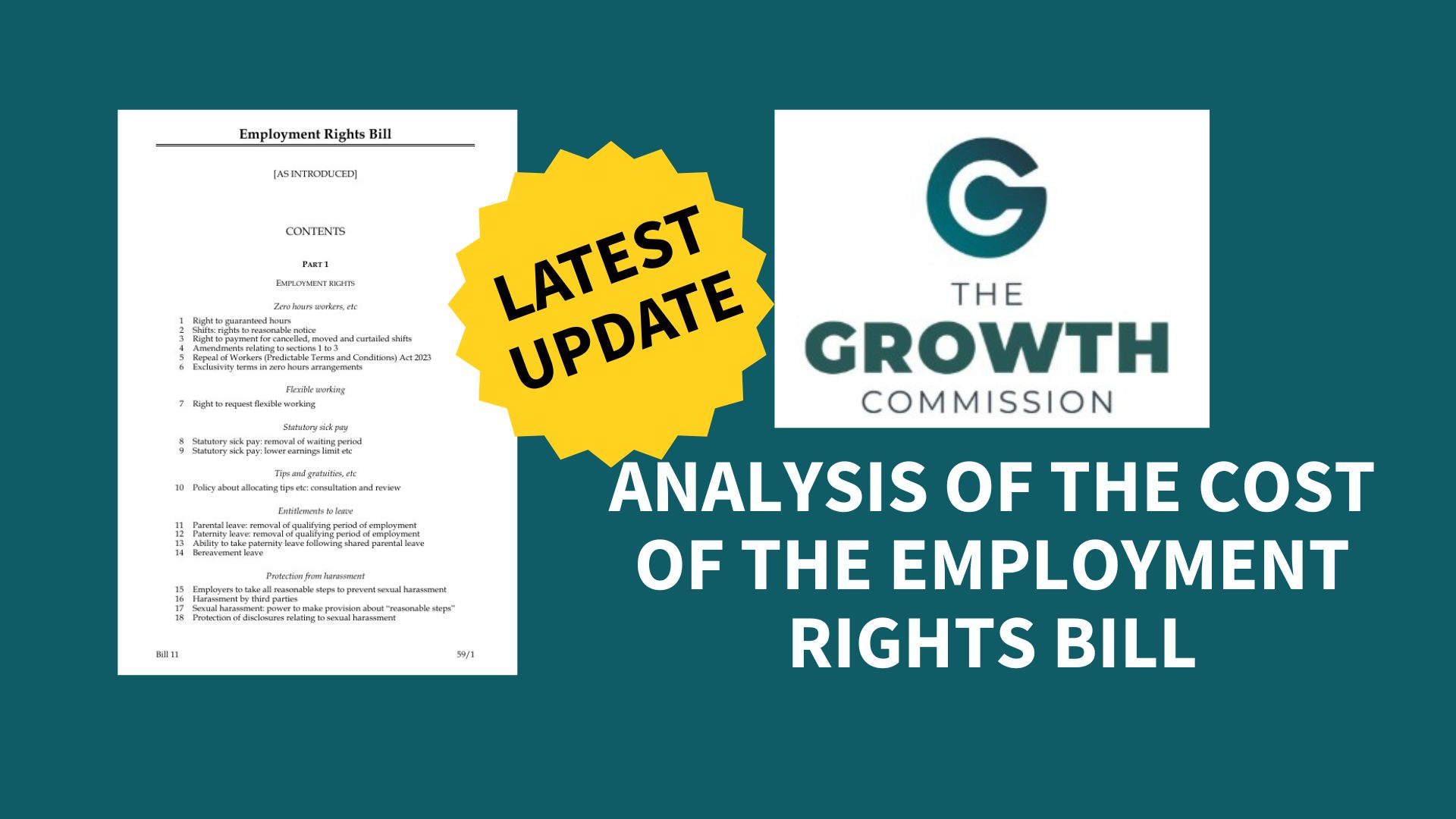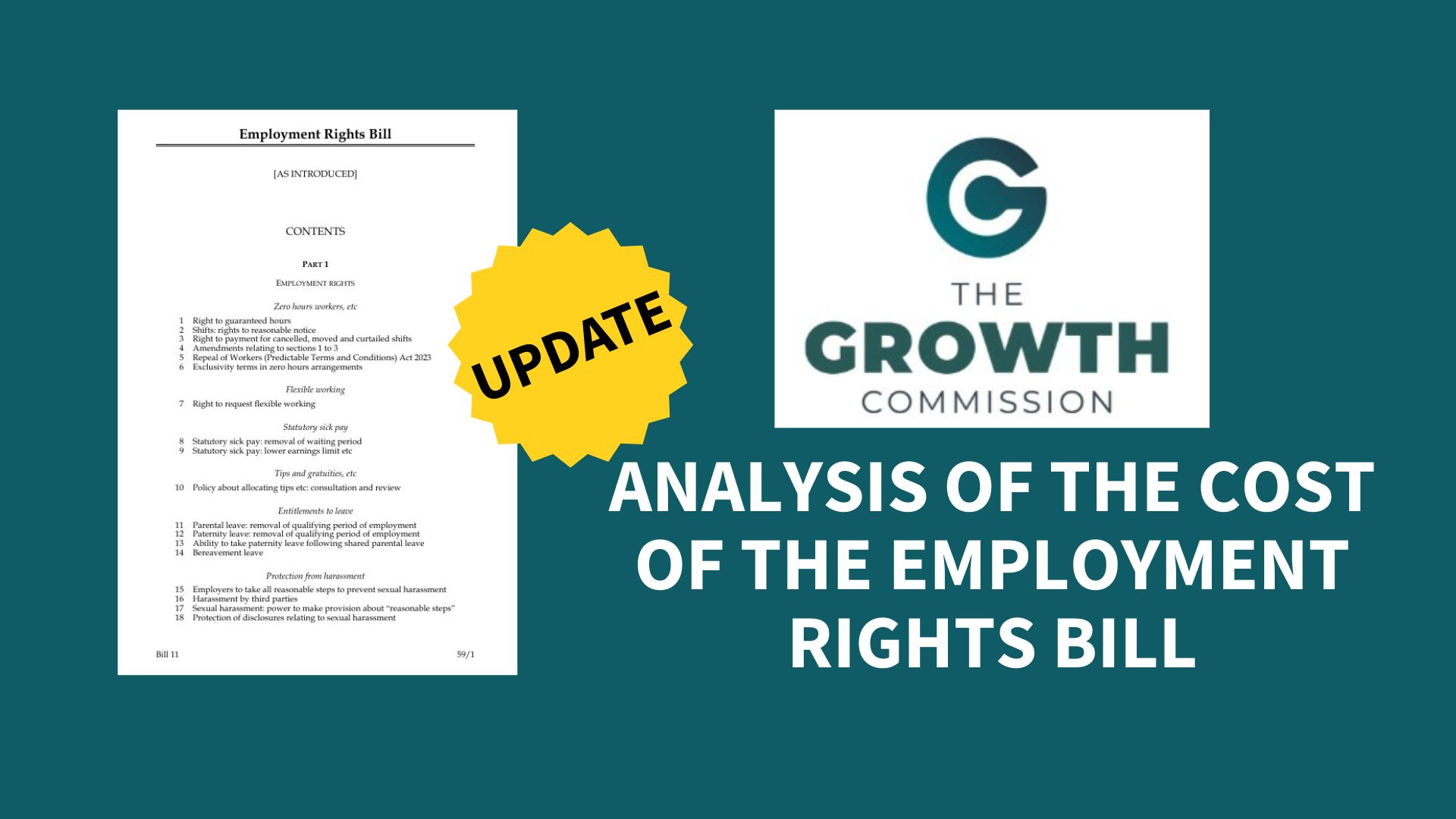
Trade Policy in the Trump Administration: Advancing Reduction of Anti-Competitive Market Distortions
A new paper published today by The Growth Commission sets out how a properly honed U.S. trade policy can unleash innovation, competition and wealth while boosting economic growth across the globe.
The paper, Trade Policy in the Trump Administration: Advancing Reduction of Anti-Competitive Market Distortions, details in particular how the growth of Anti-Competitive Market Distortions (ACMDs) has been significantly responsible for the dysfunction of the world’s trading system and economy, thereby undermining the potential for growth.
These distortions are defined as actions by foreign governments that create artificial advantages for overseas firms, including:
- excessively high or discriminatory tariffs
- regulations that reduce cost for domestic producers or act as regulatory barriers that exclude foreign competitors
- weak protection of property rights and intellectual property
- systematic industrial favouritism through state-owned enterprises or implicit subsidies
Such actions distort comparative advantage and have the effect of reducing global GDP per capita. The Trump Administration has clearly recognised these issues and today’s paper seeks to help identify solutions which will result in the maximum benefit to all parties in the long term as the world seeks to create a new global trading order.
Shanker Singham, Chairman of The Growth Commission and CEO of the trade law and economic policy consultancy Competere, said:
“The Growth Commission’s primary objective is to demonstrate the positive policy choices that will increase GDP per capita growth in economies across the globe – and right now the U.S. administration has the potential to deliver such a boost.
“Anti-Competitive Market Distortions are the greatest threat to economic growth and an historic inability to confront them has allowed them to proliferate. They operate behind borders, inhibiting voluntary exchange, suppressing innovation and destroying economic value.”
Growth Commissioner James Carter added:
“The Trump administration’s recalibration of global trade policy, embodied in the Trump Tariff Doctrine and the Trump Economic Doctrine, represents a fundamental realignment of the global trading system. While these doctrines have been criticised, they could in fact now lead to a reduction in trade barriers around the world and deals where U.S. tariffs actually go down.”
Shanker Singham concluded:
“The framework presented today by The Growth Commission focuses not only on the dismantling of tariffs, but on those broader economic distortions that undermine productive and allocative efficiency, damaging trade and devastating economies. We can see a navigable pathway from the current inflection point to a world of marked GDP per capita improvement, the like of which we have not seen since the conclusion of the Uruguay Round in 1995.
“Our models tell us that the kind of barriers the U.S. administration has rightly called out are precisely the ones that have the biggest economic impact – and most of them have been ignored and overlooked for the best part of thirty years. It is now up to all of us – including the corporate sector, the media and the markets – to play our respective parts in ensuring that the world ventures upwards to more prosperous climes rather than heading downwards towards economic catastrophe.”
Download the full paper by clicking here.


